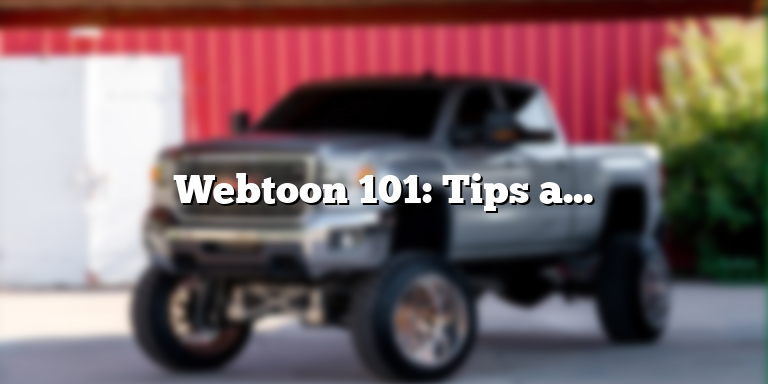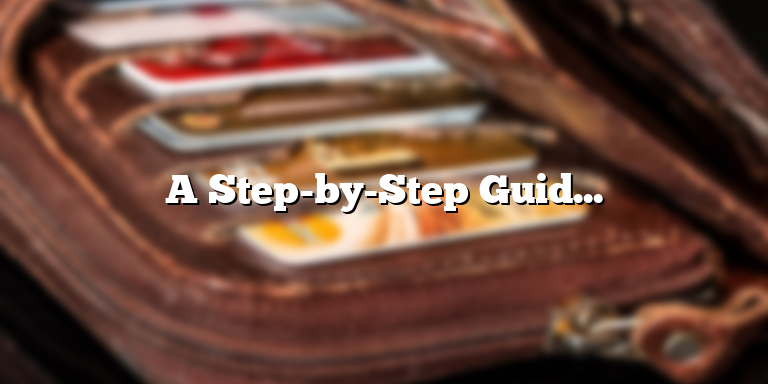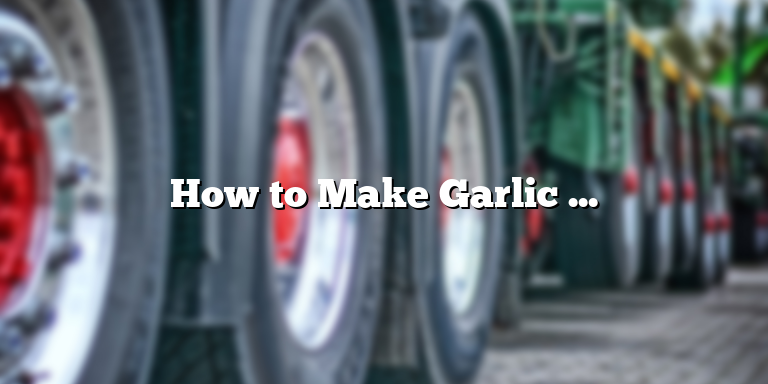
Benefits of Sealing Your Concrete Driveway
When it comes to maintaining your concrete driveway, sealing it should be considered a priority. Sealing your driveway not only enhances its appearance but also offers numerous benefits. Here are some of the top benefits of sealing your concrete driveway:
1. Prevents Weather Damage
Your concrete driveway is exposed to a variety of elements such as rain, snow, sun, and wind. These elements can cause damage to the surface of your driveway over time. Sealing your driveway creates a barrier between your concrete and the elements, protecting it from damage caused by harsh weather conditions. A high-quality sealer can even prevent freeze-thaw damage.
Sealing your driveway reduces the amount of water that can seep into the surface and freeze, causing expansion that can crack the concrete. The prevention of cracks can extend the life of the concrete, making sealing a worthwhile investment.
2. Prevents Staining
Unsealed concrete is susceptible to spills, grease, oil, and other substances that can cause staining. Not only are these stains unsightly, but they can also be difficult to remove. Sealing your driveway provides a barrier between the concrete and any substances that could cause staining. This makes cleaning up spills and stains much easier, helping to keep your driveway looking pristine.
3. Enhances Appearance
A sealed concrete driveway has a beautiful matte finish that adds to the aesthetic appeal of your home. The coating can enhance the color and texture of your concrete while providing a protective layer. Sealing your driveway can also make it easier to clean by preventing dirt and grime from penetrating the surface.
4. Preserves Concrete Integrity
Over time, concrete can become brittle and crack, leading to costly repairs. Sealing your driveway helps to maintain the integrity of the concrete by preventing water from penetrating and causing damage. The barrier created by a sealant also helps to protect against wear and tear from daily use.
5. Cost-Effective Solution
Sealing your concrete driveway is a cost-effective solution to protect it from damage and maintain its appearance. The cost of sealing a driveway is typically much less than the cost of repairing or replacing a damaged one.
In conclusion, sealing your concrete driveway is an important investment that protects it from weather damage, staining, and cracking. It enhances its appearance and maintains its integrity, making it last longer. Sealing your driveway is a simple yet effective way to keep your property looking its best.
Choosing the Right Sealer
When it comes to sealing your concrete driveway, choosing the right sealer for your specific needs is crucial. Not all sealers are created equal, and each type has its own advantages and disadvantages. Here are the three main types of sealers and what you should know about them:
Acrylic Sealer
Acrylic sealers are a popular choice for concrete driveways because they are relatively inexpensive and easy to apply. They form a thin layer over the surface of the concrete that enhances its appearance and protects it from water, oil, and other types of stains. Acrylic sealers come in both water-based and solvent-based formulas, and they can be either clear or pigmented.
One of the downsides of acrylic sealers is that they are not very durable and may need to be reapplied every year or two. They also don’t provide much protection against UV rays, so they may start to yellow over time, especially if your driveway is exposed to direct sunlight.
Epoxy Sealer
Epoxy sealers are more expensive and harder to apply than acrylic sealers, but they offer superior protection and durability. They are made of two parts – a resin and a hardener – that are mixed together before being applied to the surface of the concrete. Epoxy sealers bond to the concrete and create a hard, glossy surface that is resistant to chemicals, abrasion, and UV rays.
Epoxy sealers are ideal for high-traffic areas like driveways, as they can withstand heavy vehicles and foot traffic without wearing down. However, they can be slippery when wet, so you may want to add an anti-slip additive to the sealer if safety is a concern.
Penetrating Sealer
Penetrating sealers are a type of sealer that is absorbed into the pores of the concrete, rather than forming a film on the surface. They provide excellent protection against water and other types of stains, and they don’t change the appearance of the concrete. Penetrating sealers are also breathable, meaning that they allow moisture to escape from the concrete, which can prevent cracking and other types of damage.
Penetrating sealers are a good option for older driveways that may already have some cracks or damage. They can help to prevent further damage by strengthening the concrete from within. However, they are not very effective against oil or chemical stains.
Overall, the type of sealer you choose for your concrete driveway will depend on your specific needs and budget. Acrylic sealers are a good option for those on a budget who want to enhance the appearance of their driveway, while epoxy and penetrating sealers are better suited for those who need maximum durability and protection. Whatever type of sealer you choose, be sure to follow the manufacturer’s instructions carefully for the best results.
Preparing the Driveway
Before sealing your concrete driveway, it is essential to ensure that it is thoroughly cleaned and free from any debris. This includes removing any loose dirt, leaves, or twigs that may have accumulated on the driveway. You can use a broom, leaf blower, or even a power washer to clean the driveway thoroughly. Additionally, if you have any oil or grease stains on the driveway, you would want to remove them as well. Oil and grease stains can damage the concrete and the sealer may not adhere to the surface correctly. You can use a degreaser or trisodium phosphate (TSP) to remove the stains.
Moreover, make sure to check if your driveway has any cracks. Cracks in the concrete can lead to bigger problems, such as water damage and weed growth. Hence, it’s essential to repair any cracks before applying the sealer. You can fill the cracks with a concrete patching compound. Make sure to apply the patch evenly and smooth it out before letting it dry for at least 24 hours. Once the patch is dry, you can sand it down to ensure a smooth surface.
By preparing your driveway adequately, you can ensure that the sealer will adhere to the surface correctly and last for a more extended period.
Applying the Sealer
After you have prepped your concrete driveway for the sealer, it’s time to start applying it. This is the final step in the process, and it’s important to do it correctly so that your driveway is protected from future damage.
The first thing you need to do is choose your sealer. There are many different types of concrete sealers on the market, each with its own unique characteristics and application methods. Take the time to research which one is best for your particular driveway, as this will ensure that you make the right choice.
Once you have your sealer, it’s time to apply it. You can use a roller, sprayer, or brush to do this, depending on which method you prefer. While each method has its own advantages and disadvantages, the most important thing to remember is to apply the sealer evenly. This will ensure that your driveway is fully covered and protected from future damage.
If you are using a roller, make sure to choose one that is specifically designed for concrete sealer. These rollers have a special texture that allows them to apply the sealer evenly and smoothly. When applying the sealer with a roller, start at the highest point of your driveway and work your way down, being careful not to leave any overlap marks.
If you are using a sprayer, make sure to choose one that is specifically designed for concrete sealer. These sprayers have a special nozzle that allows them to spray the sealer evenly and smoothly. When using a sprayer, start at one end of your driveway and work your way down, making sure to keep a consistent distance from the surface.
If you are using a brush, make sure to choose one that is specifically designed for concrete sealer. These brushes have a special bristle that allows them to apply the sealer evenly and smoothly. When using a brush, start at one end of your driveway and work your way down, being careful not to leave any brush marks.
Regardless of which method you choose, it’s important to follow the manufacturer’s instructions regarding drying time and number of coats. Most sealers require two coats, so make sure to apply the second coat as soon as the first coat is dry. This will ensure that your driveway is fully protected and will last for years to come.
Maintaining Your Sealed Driveway
Sealing your concrete driveway is an important step to keep it protected from the harsh outdoor elements and maintain its appearance. However, the maintenance of a sealed driveway is just as essential as the initial application. Neglecting to properly care for your driveway can lead to premature wear and damage, requiring costly repairs.
Reapplying Sealer
The lifespan of your driveway sealer depends on various factors, such as weather conditions and traffic volume. In general, you should plan to reapply the sealer every two to five years. One way to determine if it’s time to reseal is to pour a small amount of water on your driveway and observe how quickly it is absorbed. If it is absorbed quickly, the sealer may have worn off and it’s time for a new application.
When it’s time to reseal, proper preparation is crucial for the new application to adhere properly and provide long-lasting protection. Start by cleaning the driveway with a pressure washer to remove any debris, dirt, and stains. Allow it to dry completely before applying the new sealer.
Maintaining Concrete Driveway
Aside from keeping your sealer in good condition, there are additional steps you can take to maintain your driveway’s appearance:
Regular Cleaning
It is important to regularly sweep and clean the driveway to prevent dirt and debris from accumulating on the surface. For tough stains or dirt, use a mild soap and a stiff-bristled brush to gently scrub the area. Avoid using harsh chemicals or power washer, as they can damage the sealer.
Removing Stains
To remove stains, such as oil or grease, try using a cleaner specifically designed for concrete surfaces. Alternatively, you can sprinkle kitty litter or baking soda on the affected area to absorb the stain and then sweep it away. Avoid using chemicals like bleach or acid-based cleaners, as they can damage the sealer and the concrete surface.
Avoiding Heavy Loads
Heavy loads, such as large trucks or vehicles with heavy equipment, can cause cracks or damage to your driveway. If possible, park these types of vehicles off the driveway or limit their use.
Winter Maintenance
If you live in an area that experiences harsh winters, it is important to properly maintain your driveway during snow and ice events. Use a plastic snow shovel to prevent damaging the sealer and avoid using salt or chemical de-icers that can eat away at the surface. Instead, use sand or kitty litter to provide traction.
By following these maintenance tips, you can keep your sealed driveway looking like new and extend its lifespan. Remember to reapply the sealer every few years to ensure maximum protection and always avoid using harsh chemicals that can damage the surface.






